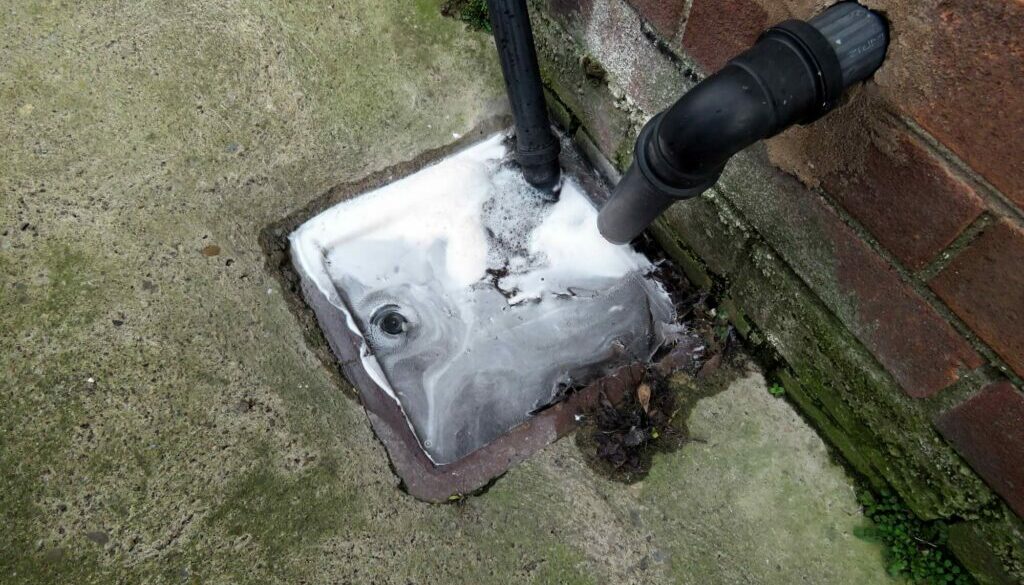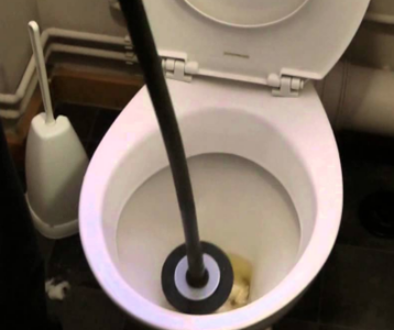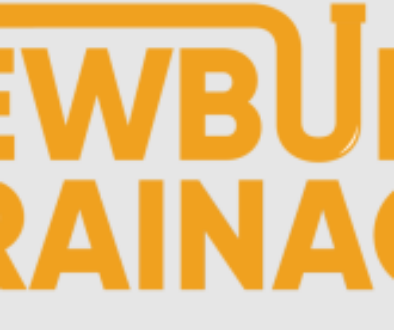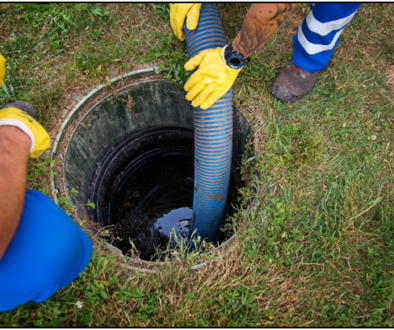How Do You Unblock An Outside Drain
Hey there! Have you ever wondered how to unblock an outside drain? It can be a real pain when the water starts pooling and you can’t figure out why. Well, fear not! In this article, I’ll show you some simple and effective ways to tackle this issue and get your drain flowing freely again.
When it comes to unblocking an outside drain, there are a few methods you can try. One option is to use a drain rod. These handy tools allow you to reach deep into the drain and break up any blockages. Another method is to use a high-pressure water jet, which can blast away debris and clear the drain in no time.
Now, you might be wondering which method is best for your situation. Well, it really depends on the severity of the blockage and your personal preference. The important thing is to take action and not let the problem linger. So, let’s dive in and discover how to unblock an outside drain step by step!
If you’re dealing with a clogged outside drain, follow these simple steps. Firstly, put on gloves to protect your hands. Then, remove any visible debris from the drain using a shovel or tongs. Next, pour boiling water down the drain to dissolve any grease or buildup. If that doesn’t work, try using a drain snake or a chemical drain cleaner. Finally, rinse the drain with hot water. If the problem persists, it’s best to consult a professional plumber.
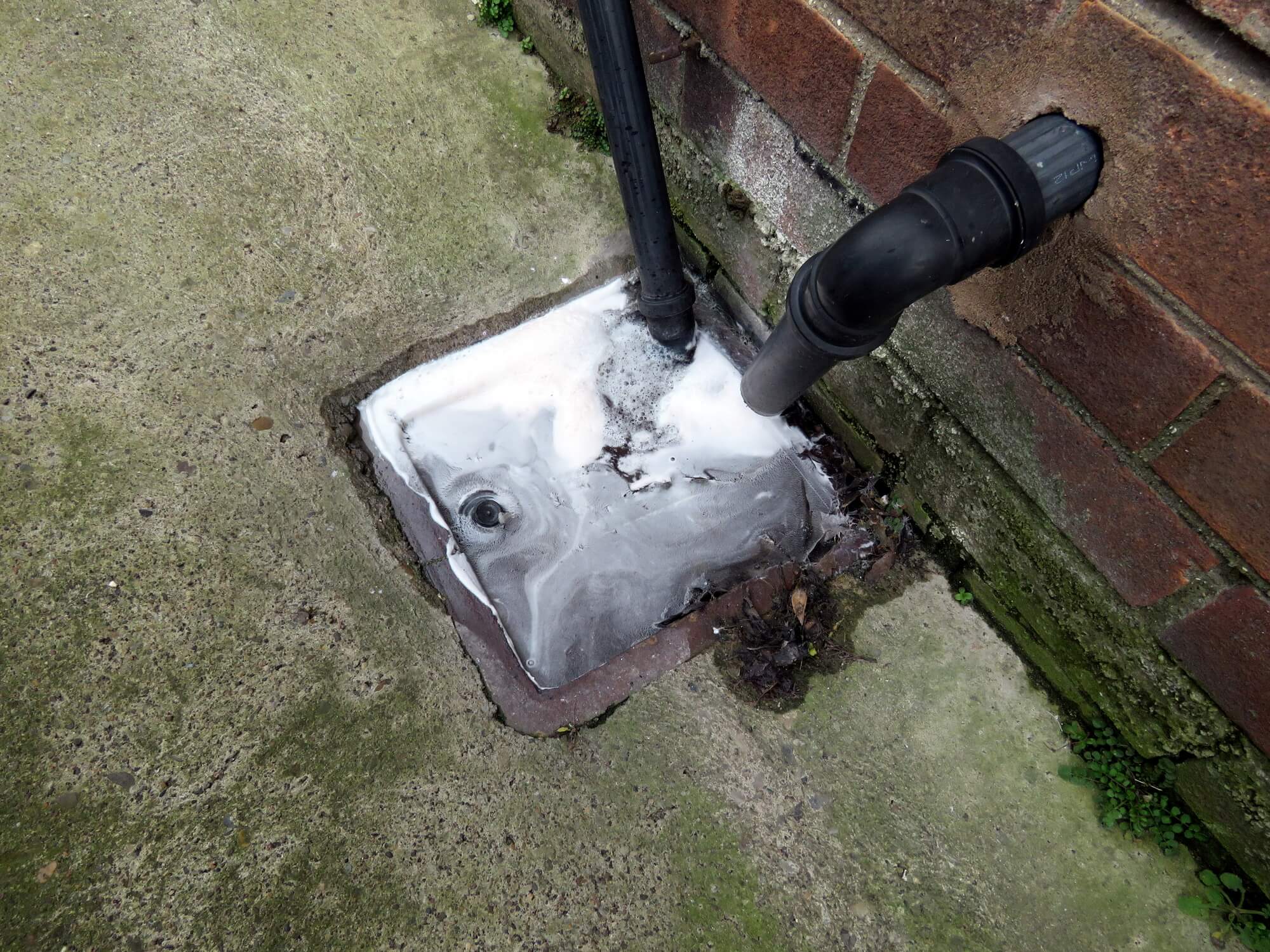
How to Unblock an Outside Drain: A Complete Guide
Dealing with a blocked outside drain can be a frustrating experience. Not only does it cause unpleasant odors and potential damage to your property, but it can also disrupt your day-to-day activities. In this comprehensive guide, we will walk you through the steps to effectively unblock an outside drain. Whether you are a homeowner or a tenant, these methods and tips will help you tackle the issue and restore the flow of water in no time. Read on to discover everything you need to know about unblocking an outside drain.
Causes of Blocked Outside Drains
Before diving into the various methods of unblocking an outside drain, it’s important to understand the common causes of blockages. By identifying the underlying issue, you can take appropriate measures to prevent future clogs. Here are some of the main culprits:
1. Accumulation of Debris
One of the primary reasons for a blocked outside drain is the build-up of debris such as leaves, twigs, and dirt. Over time, this debris can accumulate and create a barrier, preventing water from flowing freely. Regular cleaning and maintenance can help prevent this issue.
2. Tree Roots Intrusion
In some cases, tree roots can grow into underground drainage pipes, causing blockages. The roots exert pressure on the pipes, leading to cracks or even complete pipe collapse. Addressing this issue may require professional assistance and potentially even pipe replacement.
3. Grease and Food Waste
If your outside drain is connected to a kitchen or a food preparation area, grease and food waste can accumulate over time and cause blockages. It is important to dispose of grease properly and use drain guards to catch food particles and prevent them from entering the drain.
4. Foreign Objects
Children’s toys, small items, or even objects accidentally dropped into the drain can cause obstructions. Removing these objects is essential for unblocking the drain and restoring the proper flow of water.
5. Structural Issues
In some cases, blocked outside drains can be caused by structural issues, such as underground pipe collapse or misalignment. These issues require professional inspection and repair.
6. Heavy Rainfall or Flooding
During periods of heavy rainfall or flooding, drains can become overwhelmed with water, leading to blockages. Ensuring the proper functioning of drainage systems and regular maintenance can help manage this issue.
Methods to Unblock an Outside Drain
1. Manual Clearing
1. Manual Clearing
If the blockage is caused by debris or foreign objects, manual clearing can often solve the problem. Here’s how you can do it:
- Put on gloves and protective clothing.
- Remove the drain cover using a suitable tool or by hand.
- Inspect the drain for visible blockages and remove any debris or objects using a gloved hand or a suitable tool, such as a drain rod or a wire coat hanger.
- Once the blockage is cleared, rinse the drain with hot water to ensure proper flow.
- Replace the drain cover securely.
Manual clearing is an effective method for minor blockages caused by debris or foreign objects. However, if the blockage persists or if you encounter resistance while clearing the drain, it is advisable to seek professional help.
2. High-Pressure Water Jetting
High-pressure water jetting is a powerful method that can effectively clear stubborn blockages caused by grease, food waste, or tree root intrusion. Here’s how it works:
1. Rent or purchase a high-pressure water jetting machine specifically designed for drain cleaning.
2. Attach the appropriate nozzle to the machine, depending on the type of blockage and the size of the drain.
3. Insert the nozzle into the blocked drain, ensuring a secure fit.
4. Turn on the water jetting machine and gradually increase the pressure.
5. Move the nozzle back and forth along the length of the drain, allowing the high-pressure water to dislodge and flush away the blockage.
6. Continue jetting until the water flows freely, indicating that the blockage is cleared.
7. Once the blockage is cleared, rinse the drain with hot water to remove any remaining debris or residue.
High-pressure water jetting is a highly effective method for unblocking drains, but it requires proper equipment and caution. If you are unsure or uncomfortable using a water jetting machine, it is recommended to hire a professional drain cleaning service.
3. Chemical Drain Cleaners
Chemical drain cleaners can be a convenient and effective option for removing minor blockages caused by organic matter, grease, or hair. Here are some key considerations when using chemical drain cleaners:
1. Choose a drain cleaner specifically designed for the type of blockage you are facing.
2. Read and follow the instructions provided by the manufacturer carefully.
3. Wear gloves and protective eyewear while handling chemical drain cleaners.
4. Pour the recommended amount of the drain cleaner into the blocked drain.
5. Allow the drain cleaner to work as per the manufacturer’s instructions.
6. Flush the drain thoroughly with hot water to rinse away the dissolved blockage and any remaining residue.
While chemical drain cleaners can be effective, they may not be suitable for all types of blockages or drains. It is essential to use them according to the manufacturer’s instructions and exercise caution to avoid any potential hazards.
4. Professional Plumbing Services
In some cases, the blockage in an outside drain may require professional assistance. A qualified plumber will have the expertise and specialized equipment to handle complex blockages and resolve underlying issues. Here’s why professional plumbing services may be necessary:
1. Tree Root Intrusion
If tree roots have caused significant damage to the drainage system, professional plumbers can assess the extent of the damage and provide appropriate solutions, such as pipe relining or pipe replacement.
2. Persistent Blockages
If you have tried multiple methods and the blockage persists or returns frequently, it indicates an underlying issue that requires professional attention. Plumbers can use advanced techniques, such as CCTV drain surveys, to identify the cause and implement the most effective solution.
3. Structural Issues
If the outside drain is affected by structural issues, such as a collapsed pipe or misalignment, professional plumbers can perform repairs or replacements to restore the proper functioning of the drainage system.
It’s important to note that professional plumbing services may involve additional costs, but they offer expertise, long-term solutions, and peace of mind.
Preventing Outside Drain Blockages
1. Regular Maintenance
1. Regular Maintenance
Regular maintenance is crucial for preventing outside drain blockages. Follow these steps to keep your drains free-flowing:
- Clear any visible debris or leaves from the drain regularly.
- Use drain guards or grates to catch larger debris and prevent them from entering the drain.
- Flush your drains with hot water regularly to keep them clean.
- Avoid pouring grease, oil, or food waste down the drain.
- Trim back any trees or plants that could potentially invade the drain pipes.
2. Install Drain Covers
Installing drain covers is an effective way to prevent large objects or debris from entering the outside drain. They can be easily fitted onto the drain opening and act as a barrier, allowing only water to flow through.
3. Professional Drain Cleaning
Regular professional drain cleaning can help prevent blockages and identify any potential issues before they become major problems. Professional plumbers can use high-pressure water jetting, CCTV drain surveys, and other advanced techniques to keep your drains in optimal condition.
By following these preventive measures, you can significantly reduce the chances of developing outside drain blockages and ensure the efficient operation of your drainage system.
In summary, unblocking an outside drain requires careful assessment of the cause, appropriate methods, and preventive measures. By understanding the common causes of blockages and implementing the right solutions, you can effectively deal with this frustrating issue. Whether you choose DIY methods like manual clearing or chemical drain cleaners or opt for professional plumbing services, it’s important to prioritize regular maintenance to prevent future blockages. Remember to follow safety precautions and seek professional help when needed. With these tips and techniques, you’ll be able to unblock your outside drain and ensure smooth water flow once again.
Key Takeaways: How to Unblock an Outside Drain
- 1. Use a plunger to create pressure and force the blockage out.
- 2. Pour boiling water down the drain to dissolve grease and debris.
- 3. Mix baking soda and vinegar and pour it down the drain to create a fizzing action that breaks down the blockage.
- 4. Use a drain snake or wire coat hanger to physically remove the obstruction.
- 5. Call a professional plumber if the blockage persists or if you are unsure about handling the situation.
Frequently Asked Questions
Are you wondering how to unclog an outside drain? We’ve got you covered! Here are some common questions and answers to help you get your drain flowing smoothly again.
1. What are the signs of a blocked outside drain?
There are a few telltale signs that your outside drain may be blocked. You may notice water pooling around the drain, a foul odor, or slow drainage. Additionally, if you hear gurgling sounds when water is draining or see sewage backing up, those are clear signs of a blockage. Don’t ignore these signs and address the issue promptly to prevent further damage.
By paying attention to these indicators, you’ll be able to identify a blocked outside drain early and take the necessary steps to resolve it.
2. What tools can I use to unblock an outside drain?
Unblocking an outside drain requires a few essential tools. Here are some common tools you can use:
A drain rod or plumber’s snake: This flexible tool will help you navigate through your drainpipe and dislodge the blockage, allowing water to flow freely again. Make sure to follow the manufacturer’s instructions when using it.
A drain plunger: Similar to a toilet plunger, a drain plunger creates suction to dislodge the blockage. It’s best to use a plunger specifically designed for drains, as it provides a better seal.
A garden hose: If the blockage is caused by debris, a high-pressure blast of water from a garden hose can often push the obstruction through and clear the drain. However, be cautious not to use excessive force that could damage the pipe.
3. How can I prevent my outside drain from getting blocked?
Preventing blockages in your outside drain can save you time and money in the long run. Here are some preventive measures you can take:
Regular maintenance: Schedule routine maintenance and cleaning for your drains to prevent debris from building up and causing blockages. This could involve using drain cleaners or natural methods, such as pouring boiling water or a mixture of vinegar and baking soda down the drain.
Use drain guards: Placing drain guards or strainers over your outside drains can catch larger debris, such as leaves or twigs, preventing them from entering the drainpipe and causing blockages.
Avoid pouring grease or oil down the drain: Grease and oil can solidify in the pipes, trapping other debris and leading to blockages. Dispose of these substances properly instead.
4. When should I call a professional to unblock my outside drain?
If your attempts to unblock the drain using simple methods like a plunger or drain cleaner have been unsuccessful, it’s time to call a professional. Additionally, if you suspect that the blockage is more severe, such as a damaged or collapsed pipe, it’s best to leave it to the experts. They have the knowledge and specialized equipment to handle more complex situations. It’s important not to delay professional assistance to prevent further damage or costly repairs.
5. Could tree roots be causing a blockage in my outside drain?
Yes, tree roots can infiltrate drain pipes, causing blockages over time. Tree roots are attracted to the moisture and nutrients inside the pipes, and as they grow, they can create obstructions that impede the flow of water. If tree roots are a recurring problem, it’s advisable to consult a professional plumber who can assess the situation and suggest appropriate solutions. They may recommend using root-killing chemicals or even replacing a portion of the drainpipe to prevent future blockages.
As trees add beauty to our landscapes, it’s important to be aware of their potential impact on drain systems and take preventive measures to avoid extensive damage.
Summary
Got a blocked drain? Here’s what you need to know to fix it.
First, try using a plunger or drain snake to remove the clog. If that doesn’t work, consider using a drain cleaner. Remember to wear gloves and follow the instructions carefully.
If the blockage persists, it might be time to call a professional plumber. They have the tools and expertise to tackle stubborn clogs.
To prevent future blockages, be mindful of what goes down your drains. Avoid flushing anything other than toilet paper, and regularly clean your drains.
Remember, maintaining your drains is important for keeping them clear and avoiding any nasty surprises.

